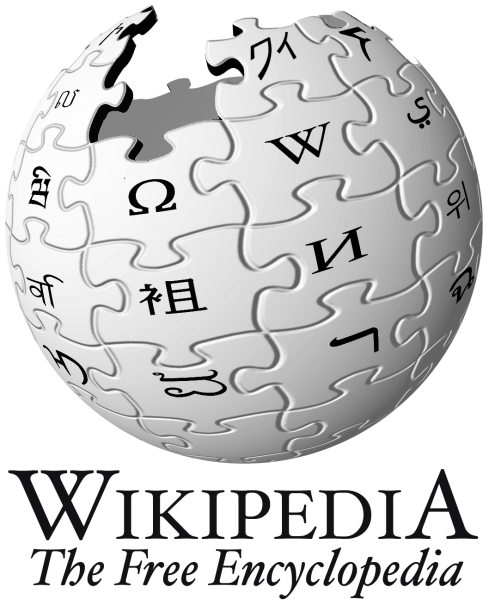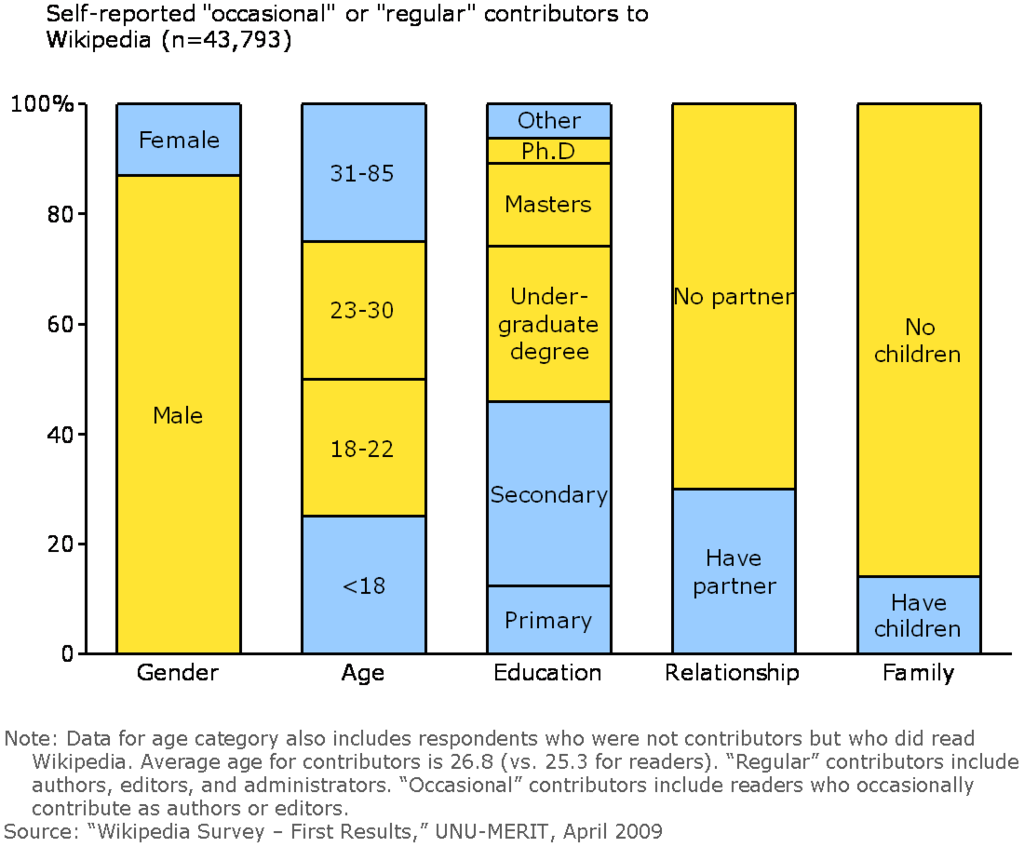 Wikipedia is a free on-line encyclopedia which is compiled and maintained by some of the people who use it regularly. It has been estimated that on any given day 15% of all internet users visit the website. Anyone can write new articles or edit existing material. The encyclopedia has over 5 million entries. So how is it financed?
Wikipedia is a free on-line encyclopedia which is compiled and maintained by some of the people who use it regularly. It has been estimated that on any given day 15% of all internet users visit the website. Anyone can write new articles or edit existing material. The encyclopedia has over 5 million entries. So how is it financed?
If you visit the Wikipedia website at the moment you will be greeted by the following message:
DEAR READERS, We’ll get right to it: This week we ask you to help Wikipedia. To protect our independence, we’ll never run ads. We’re sustained by donations averaging about £10. Only a tiny portion of our readers give. If everyone reading this right now gave £2, our fundraiser would be done within an hour. That’s right, the price of a cup of coffee is all we need. We’re non-profit with costs of a top website: servers, staff and programs. We believe everyone should have access to free knowledge, without restriction or limitation. If Wiki We believe everyone should have access to free knowledge, without restriction or limitation. If Wikipedia is useful to you, please take one minute to keep our work going another year. Thank you.pedia is useful to you, please take one minute to keep our work going another year. Thank you.
Wikipedia Foundation, the not-for-profit company that manages the Wikipedia website, has been running these donation drives for a number of years. The 2014/15 financial year was their most successful to date as 4 million donations were made by people from all over the world.  A total of $75 million was raised compared with $15 million in 2009/10. Although the average contribution was $15.20 in 2014/15, some people contributed over $250,000!
A total of $75 million was raised compared with $15 million in 2009/10. Although the average contribution was $15.20 in 2014/15, some people contributed over $250,000!
Many of you studying economics might find these figures surprising as Wikipedia would appear to have some of the characteristics associated with public goods. On the one hand, the material is perfectly non-rival. If someone decides to read an entry on Wikipedia it does not prevent other users from being able to read the same article. The article does not get used up or depleted in the act of being read. On the other hand, however, it is possible to exclude non-payers from gaining access to the material. For example in June 2010, the Times and Sunday Times introduced a subscription service for access to on-line versions of the newspapers. The New York Times recently announced that it had one million digital subscribers. However given its non-rivalrous nature, material could be shared between payers and non-payers. Groups of people could even get together and share one subscription.
The statement provided by Wikipedia clearly expresses the importance it attaches to free access. Given that it is non-rivalrous in consumption and free of charge to all users, does economic theory predict that people will (i) make voluntary monetary donations (ii) contribute and edit the on-line entries?
If all users are driven by narrowly self-interested preferences and act in a rational manner, then they will not pay and no donations will be made. People will choose to free ride as they can read exactly the same material whether they have paid for it or not.
Given the results of the fund-raising drive are so at odds with this prediction, it suggests that a significant number of Wikipedia users have either altruistic preferences and/or respond to social norms.
 If a rational self-interested person receives no monetary payment for writing or editing an entry would they ever contribute to the website? Given the effort involved it would seem highly unlikely. However the Wikipedia website claims that over 125,000 people contribute regularly. They are referred to as ‘Wikipedians’.
If a rational self-interested person receives no monetary payment for writing or editing an entry would they ever contribute to the website? Given the effort involved it would seem highly unlikely. However the Wikipedia website claims that over 125,000 people contribute regularly. They are referred to as ‘Wikipedians’.
One possible explanation for this behaviour is that some individuals gain utility/pleasure from other people reading and finding their entries both useful and interesting. This utility might increase with the number of potential readers. Therefore keeping access free is a motivating factor for a number of contributors as it maximises the potential readership of their entries. However, the number of contributors fell by a one third between 2007 and 2014.
An interesting question is whether the quantity and quality of contributions would increase if Wikipedia implemented a subscription service which generated enough revenue to enable contributors to be paid but also significantly reduced the number of users.
An alternative way of generating revenue would be to allow advertisements on the website while keeping access free of charge. This option has been resisted so far.
Articles
The Wikipedia fundraising banner sad but untrue Wikipediocracy, The Masked Maggot and friends (11/12/2014)
Newsonomics:10 numbers on the New York times 1 million digital-subscriber milestone Nieman. Ken Doctor (6/8/2015)
The trouble with “Free Riding” Freedom to tinker, Timothy B. Lee (24/8/2008)
The future of Wikipedia: Wikipeaks? The Economist (1/3/2014)
Wikimedia publications
Fundraising report 2014-2015 Wikimedia foundation (26/10/2015)
Wikipedia community
Questions
- How do economists classify goods or services that have a low degree of rivalry but where it is relatively easy to exclude non-payers? Give some real world examples to illustrate your answer.
- How do economists classify goods and services that have a high degree of rivalry but where it is relatively difficult to exclude non-payers? Give some real world example to illustrate your answer.
- Explain why an economically rational individual might still make a donation towards the running of the Wikipedia website.
- Why do you think the number of contibutors has fallen?
- People often complain that Wikipedia entrees are badly written and contain numerous mistakes. To what extent do you think that paying contributors would help to overcome this problem?
- What are the possible advantages/disadvantages of financing Wikipedia by using advertising revenue?